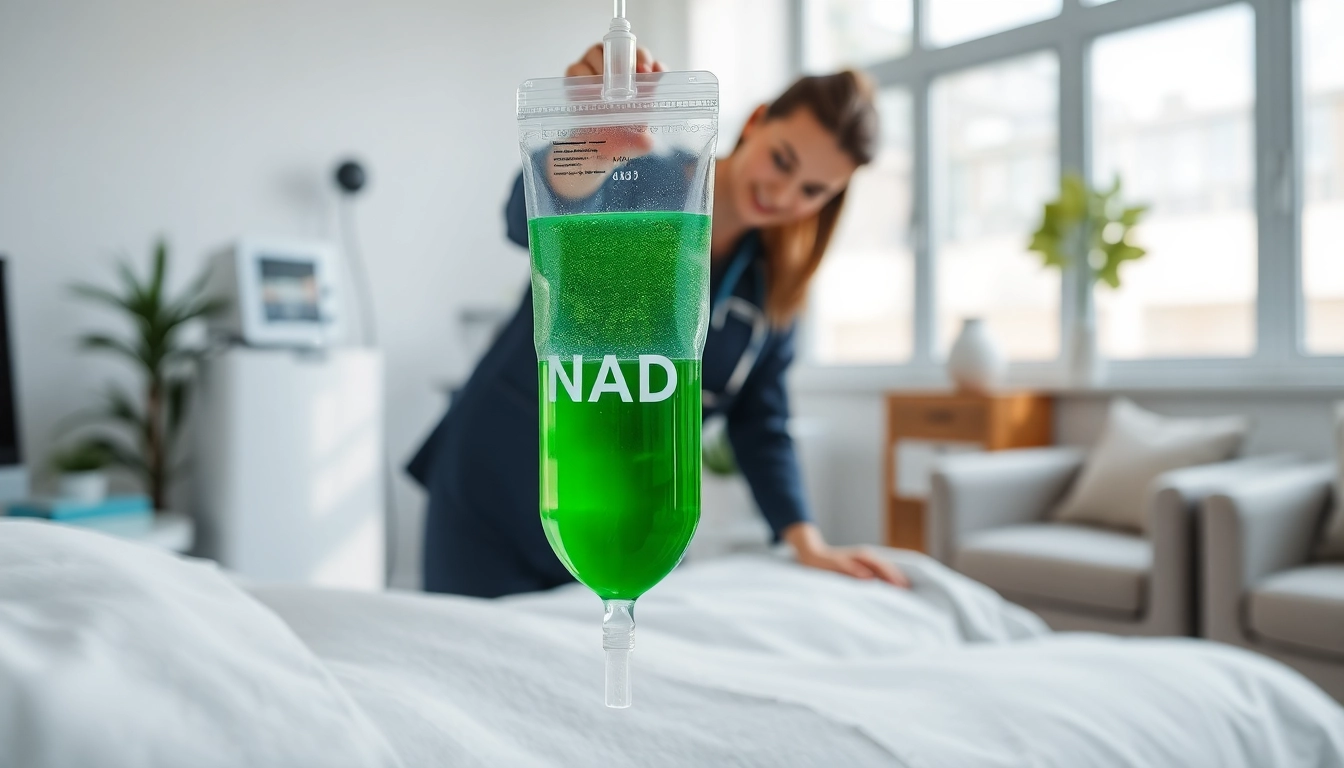What is Attachment Theory?
Attachment theory, first developed by psychologist John Bowlby in the mid-20th century, provides a framework for understanding the dynamics of interpersonal relationships, particularly between children and their primary caregivers. This theory posits that the connections we form in childhood significantly impact our emotional and psychological development throughout life. Our ability to form stable, secure attachments—or the lack thereof—shapes our relationships and emotional health as adults. As society increasingly seeks mental health resources, the role of an attachment theory specialist has become essential in promoting understanding and healing in these areas.
Overview of Attachment Theory’s Origins
Attachment theory emerged from Bowlby’s observations of children separated from their families. He noticed that infants display distress when separated from their primary caregivers, highlighting a biological and emotional need for connection. Bowlby’s research paved the way for understanding how attachment styles—secure, anxious, avoidant, and disorganized—are formed based on early interactions with caregivers. These styles reflect the ways in which individuals relate to others in their lives, influencing emotional well-being and social interactions.
Types of Attachment Styles
Attachment styles can generally be categorized into four types, each of which reflects certain behaviors and responses in relationships:
- Secure Attachment: Characterized by comfort with intimacy and independence, individuals with secure attachment generally have positive views of themselves and others.
- Anxious Attachment: Those with anxious attachment often seek high levels of intimacy but can be overly preoccupied with their relationship. They may appear clingy and fear abandonment.
- Avoidant Attachment: Avoidantly attached individuals often deny the need for intimacy, maintaining emotional distance from others. They may view emotional closeness as threatening.
- Disorganized Attachment: This style emerges from inconsistent, confused caregiving and can result in unpredictable behavior in relationships, often stemming from trauma or neglect.
The Impact of Attachment on Relationships
Attachment styles profoundly influence how we manage relationships throughout life. Securely attached individuals typically foster healthy, stable relationships, while those with anxious or avoidant styles may struggle with consistency. Issues stemming from disorganized attachment can lead to cycles of mistrust and difficulty in maintaining healthy connections. Understanding these impacts is crucial for individuals working to improve their emotional health and interpersonal relationships.
What Does an Attachment Theory Specialist Do?
An attachment theory specialist is trained to recognize and address behaviors linked to individuals’ attachment styles, offering therapeutic techniques tailored to help individuals understand and navigate their emotional responses. These specialists play a vital role in mental health therapy focused on healing and developing secure attachments.
Role in Therapy and Counseling
Attachment theory specialists conduct therapy sessions to help clients explore their attachment styles and how these relate to their mental well-being. They create a safe environment for clients to share personal experiences, fostering a therapeutic alliance that builds trust. These therapists utilize techniques from various approaches—such as emotion-focused therapy (EFT) and cognitive-behavioral therapy (CBT)—to facilitate healing and growth.
Assessment Techniques Used by Specialists
Assessments often include structured interviews, questionnaires, and attachment surveys, which help specialists determine a client’s attachment style. Some common assessment tools include the Adult Attachment Interview (AAI) and the Experiences in Close Relationships (ECR) scale. By understanding a client’s attachment style, therapists can tailor their approaches and interventions to meet specific needs.
Goals of Attachment-Based Therapy
The primary goals of attachment-based therapy include:
- Improving emotional regulation by developing secure attachments.
- Enhancing relational skills that foster healthy connections.
- Addressing and healing past trauma related to attachment experiences.
- Empowering clients to create healthier boundaries in relationships.
By focusing on these goals, attachment theory specialists can guide clients toward healthier emotional patterns and relational dynamics.
Common Approaches and Techniques
Attachment-based therapy encompasses various approaches and techniques designed to facilitate growth and healing. These methods are rooted in an understanding of an individual’s attachment style and how that informs their relationships.
Attachment-Based Therapy Interventions
Therapeutic interventions often include experiential activities that help clients process their feelings about their relationships. Techniques may involve role-playing, guided imagery, and narrative therapy to help clients reframe their experiences related to attachment. By drawing upon these methods, specialists can create personalized interventions suited to the client’s specific attachment issues.
Incorporating Emotionally Focused Therapy (EFT)
Emotionally Focused Therapy (EFT) is an essential component of attachment-based approaches. EFT emphasizes recognizing emotions as a pathway to connection. It assists clients in understanding their emotional responses and how these reactions relate to their attachment patterns. Through this process, clients learn to express their needs more authentically and respond to the emotional cues of their partners, promoting healthier relationships.
Techniques for Adults with Attachment Issues
Adults experiencing attachment-related challenges can benefit from specific techniques aimed at healing and improving their emotional responses. Some effective strategies include:
- Mindfulness Practices: Mindfulness can promote awareness of emotional responses, helping clients recognize patterns and develop healthier coping strategies.
- Emotion Regulation Skills: Teaching clients skills to manage their emotional responses can significantly improve relational dynamics, particularly for those with anxious or avoidant styles.
- Revisiting Past Experiences: Engaging in discussions about past attachment experiences allows clients to process unresolved emotions and better understand their current relational behaviors.
How to Find a Qualified Attachment Theory Specialist
Finding a qualified attachment theory specialist requires understanding what resources are available and what to look for in a therapist. As the need for mental health support increases, it’s crucial to make informed choices about professionals who can effectively facilitate healing.
Searching for Therapists in Your Area
Many online resources can help individuals locate therapists specializing in attachment theory. Websites like the Psychology Today therapist directory allow users to filter by therapy type, including attachment-based therapy. A local mental health clinic or community resource center may also guide those looking for specialized support.
What to Look for in a Specialist
When seeking an attachment theory specialist, consider the following factors:
- Credentials: Look for licensed professionals, such as psychologists, licensed clinical social workers, or marriage and family therapists, trained in attachment theory.
- Experience: Prior experience working with attachment-related issues can significantly enhance the quality of care provided.
- Therapeutic Approach: Ensure the therapist employs a style that aligns with your needs, whether cognitive-behavioral, psychodynamic, or emotion-focused.
Questions to Ask During Initial Consultations
During initial consultations, it is beneficial to ask specific questions, such as:
- What is your approach to understanding attachment styles?
- How do you incorporate attachment theory into your therapeutic practice?
- Can you provide examples of how you’ve helped others with similar challenges?
These inquiries will help clients gauge compatibility and determine if the therapist can effectively address their individual needs.
Measuring the Effectiveness of Therapy
Effectiveness in therapy is vital to ensure clients receive the best care possible. Evaluating the progress and outcomes can motivate and guide therapeutic growth.
Tracking Progress in Attachment-Based Therapy
Monitoring progress in attachment-based therapy can involve several methodologies, including regular self-reports from clients, observational check-ins, and standardized assessments. Frequently revisiting established goals and discussing perceived improvements will help both therapists and clients recognize advancements in their work together.
Outcomes of Treatment for Different Attachment Styles
Research has shown varying treatment outcomes based on attachment styles. For example, individuals with secure attachment styles may find therapeutic interventions effective in reinforcing positive relational behavior, whereas those with anxious or avoidant styles might require more intensive approaches to cultivate secure attachment behaviors. Understanding these nuances allows therapists to tailor treatment strategies appropriately.
Client Testimonials and Success Stories
Client testimonials can provide invaluable insights into the effectiveness of attachment-based therapies. Sharing experiences of personal growth and relationship improvements can inspire others and demonstrate the potential benefits of working with an attachment theory specialist. Successful case studies not only highlight effective therapy techniques but also foster hope within individuals seeking help.














Leave a Reply